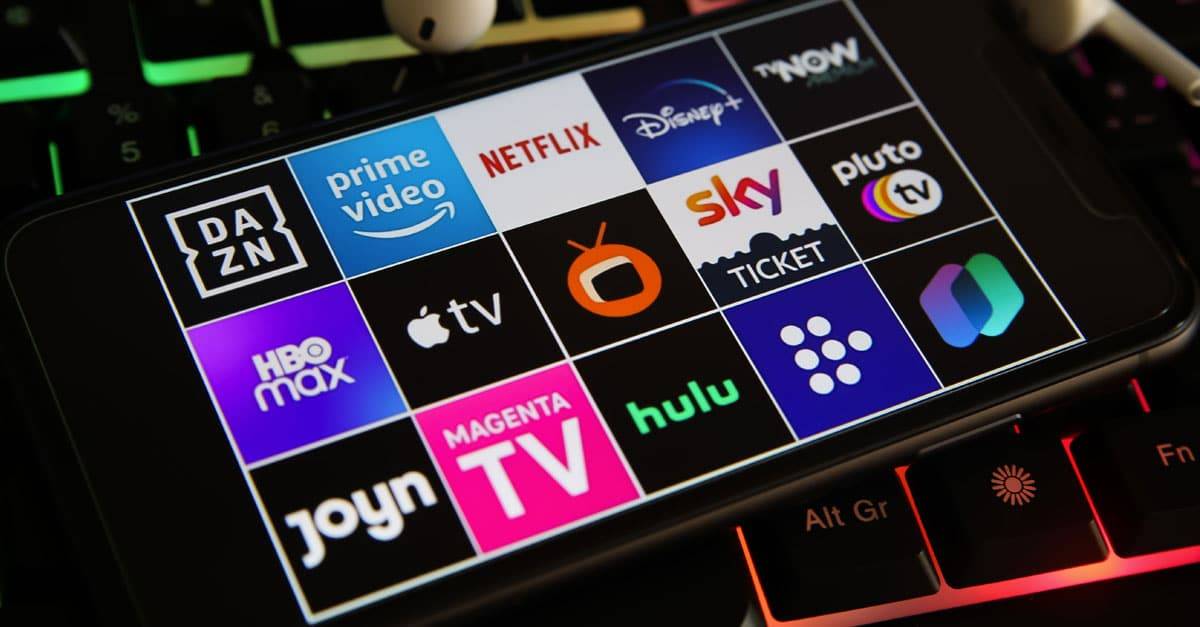From high-profile cyberattacks to ransomware incidents, the film industry faces unique vulnerabilities that require proactive measures to protect intellectual property, sensitive data, and financial interests.
The Sony Pictures Entertainment Hack: A Wake-Up Call
One of the entertainment industry’s most notorious cyberattacks occurred in 2014, when Sony Pictures Entertainment fell victim to a sophisticated hack allegedly orchestrated by North Korea. The attackers breached the company’s network and gained access to confidential data, unreleased films, and internal emails. The subsequent release of this stolen information had severe financial and reputational consequences for Sony and highlighted the industry’s vulnerability to cyber threats.
HBO Game of Thrones Leak: Disruption and Revenue Loss
In 2017, the renowned television network HBO experienced a devastating cyberattack that specifically targeted its hit show “Game of Thrones.” Hackers infiltrated HBO’s network and stole several episodes of the popular series, which were subsequently leaked online before their official air date. This incident not only resulted in financial losses for HBO, but also had a ripple effect throughout the value chain, impacting advertisers, downstream platforms, and the overall viewing experience.
Ransomware Attacks: A Growing Concern
Ransomware attacks have become an increasingly common threat to the film industry, particularly targeting post-production companies responsible for editing and special effects. Larson Studios, a post-production company, fell victim to a ransomware attack in 2017 in which hackers encrypted its data, including episodes of the Netflix series “Orange Is the New Black.” The company was forced to pay a $50,000 ransom to regain access to its critical files. This incident highlights the risks associated with third-party vendors who may have weaker security protocols than the primary production company.
Your Wealth, Our Priority: Altoo's Consolidation Power, Secure Document Management, and Seamless Stakeholder Sharing for High Net Worth Individuals. Preview Platform.
Supply Chain Risks: The Weakest Link
The collaborative nature of the film industry often involves multiple external partners, such as VFX studios, sound engineers, and freelance creatives. Each partner presents a potential vulnerability, as their cybersecurity measures may not be in line with industry best practices. In 2014, a security breach at a small third-party digital marketing company resulted in the leak of the “Expendables 3” film. This incident underscores the importance of assessing the cybersecurity posture of all external partners involved in the production process.
How Film Industry Fights Cyber Attacks?
To strengthen its defenses against escalating cyber threats, the motion picture industry is implementing a multi-pronged cybersecurity strategy. Encryption is at the center of this strategy as a critical shield to protect sensitive information in transit and at rest. By rendering data unreadable without the decryption key, it protects intellectual property and personal data from unauthorized access and theft.
A key element of this defense is regular security audits, which examine internal systems and third-party vendors to identify and remediate vulnerabilities in a timely manner. Critical to the industry’s resilience is fostering a security-conscious culture with comprehensive cybersecurity training for all employees. This initiative aims to empower employees, from production teams to executives, to recognize and thwart potential security threats, thereby strengthening the film industry’s overall security posture.
Finally, secure communication channels and multi-factor authentication are emerging as critical components that minimize the risk of unauthorized access during data transmission and strengthen access controls. As the industry prepares for ransomware attacks, the implementation of regular data backups at secure off-site locations becomes a critical line of defense. Together, these strategic measures position the motion picture industry to navigate the digital landscape with increased resilience and preparedness against cyber threats.













